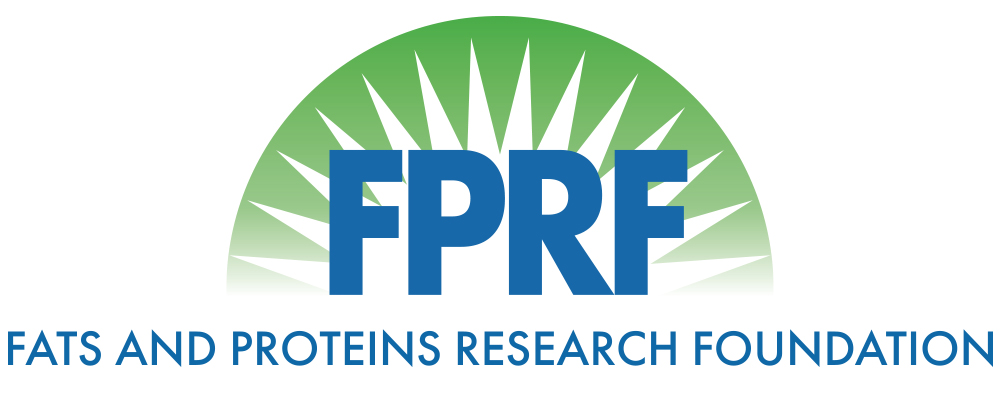Non-Feed Applications for Meat and Bone Meal
Title: Non-Feed Applications for Meat and Bone Meal
Principle Investigator: Gennaro Maffia
Year: 2002
Objective: The main objectives of the research for the FPRF over the past year were as follows: ,
1. to study various pretreatment methods that have proven successful in the processing of bovine corium
2. to develop a series of protocols for the production of high surface area, active protein from the feed MBM
and subsequently
3. to perform screening studies on tl1e application ofMBM in a variety of technologies with a broad scope.
Consequently, the main focus studies for MBM were:
I. development of protocols for the milling, washing, extraction and drying of the material
2. direct application ofMBM in a variety of infrastructure applications, especially as an additive to concrete manufacture and in tlrn production of asphalt.
Lay Summary/Industry Summary: In order to develop technologies for the improvement of the market potential for the nearly 6 billion kg per year of inedible material from animal production, several processing and application technologies were studied regarding meat and bone meal (MBM). Specifically, the MBM in rendered products was subjected to a similar examination given to collagen from ‘ corium by the Widener University Collagen Research Group (CRG). In the past and on a continuing basis, this group has focused on the development of applications for corium that include:
1. direct infrastructure applications environmental remediation artificial tissue
2. controlled release of immobilized therapeutic medicines.
The Collagen Research Group (CRG) at Widener University consists of undergradaute and graduate students, professors from chemical, civil, mechanical and electrical engineering, and colleagues from industry, government and other universities. The group has been in operation at Widener since the early 1990’s and has involved about 100 students and professionals. Recently, the CRG has formed research alliances with the Nanotechnology Institute (Southeastern Pennsylvania – a consortium of academic institutions and business organizations) and the United States Department of Agriculture. These alliances have helped in the identification and testing of growtl1 areas for tl1e application of collagen fibrils.
Although the CRG performs some fundamental research, most of the effort has been in the development of new applications for the protein recovered from bovine corium. These applications include environmental remediation, separation and purification, infrastructure, and high value end areas such as controlled morphology matrices of variable geometries for cell growth and controlled release of active agents.
When the CRG first began the studies on bovine corium, it became clear that the initial processing would be the key to the development of applications. Consequently, a strong effort was placed on the development of pretreatment technology to increase the surface area of the material without compromising the chemical and physical properties. Due to the more heterogeneous nature of MBM (than bovine corium), the collagen processing steps were not completely transferable. More front end processing work is required to more fully evaluate the potential of MBM in higher valued, protein-based applications.
Scientific Abstract: Using Meat and Bone Meal (MBM) supplied by tbe USDA (ERRC, Wyndmoor, PA), tbe Collagen Research Group (CRG) at Widener University has performed a wide range and significant number of tests regarding processing and applications. The testing included MBM pretreatment experiments, similar to tbat performed witb collagen and applications ranging from admixtures for concrete and asphalt to composite protein structures.
Differential Scanning Calorimetry (DSC), Scanning Electron Microscopy (SEM), and Digital Microscopy, in additional to tbe usual gravimetric tests, were used to characterize tbe incoming material. DSC, in particular was used to identify any phase transitions or other heat effects associated with a temperature scan. The only transitions noticed were those expected with water, presumably from tbe water contained in the original sample.
Electron microscopy and digital microscopy revealed tbe heterogenous nature of the particles in MBM. This suggests the ability to fractionate the sample into different size and density cuts by air elutriation. The different cuts, fractionated by terminal velocity, may correspond to different protein contents. These individual cuts may also have differences in physical properties that may make them amenable to certain applications.
Pretreatment experiments of milling neat MBM or a blended sample with collagen were largely unsuccessful. The resulting material did not show any improved properties and there was no synergy by processing collagen and MBM together. This work needs to be repeated over a wider range of concentrations and processing conditions. Also, some pre-segregation, via elutriation or a similar technique may provide a material witb physical properties that would provide performance closer to tbat of collagen.
Additionally, although tbe MBM did not swell or produce dispersions similar to milled corium (99% Type I collagen), there may be some construction applications for dried matrices tbat do not require material with such extreme rheological properties. Upon testing tbe asphalt samples containing various amounts of bone meal, the best results were achieved witb when there is one percent bone meal relative to the overall weight.
Concrete results were less conclusive. The samples seemed to yield in stages. The initial yield point was much Jess than samples without MBM. However, the ultimate yield point was nearly equivalent. Additional testing is required over a more complete range of compositions.
In conclusion, it appears that the application of MBM in infrastructure applications may have some promise and should be studied further. The higher end applications may become more attractive upon the utilization of a fractionated sample. A review of the recent literature indicates that there are research groups active in this area.
